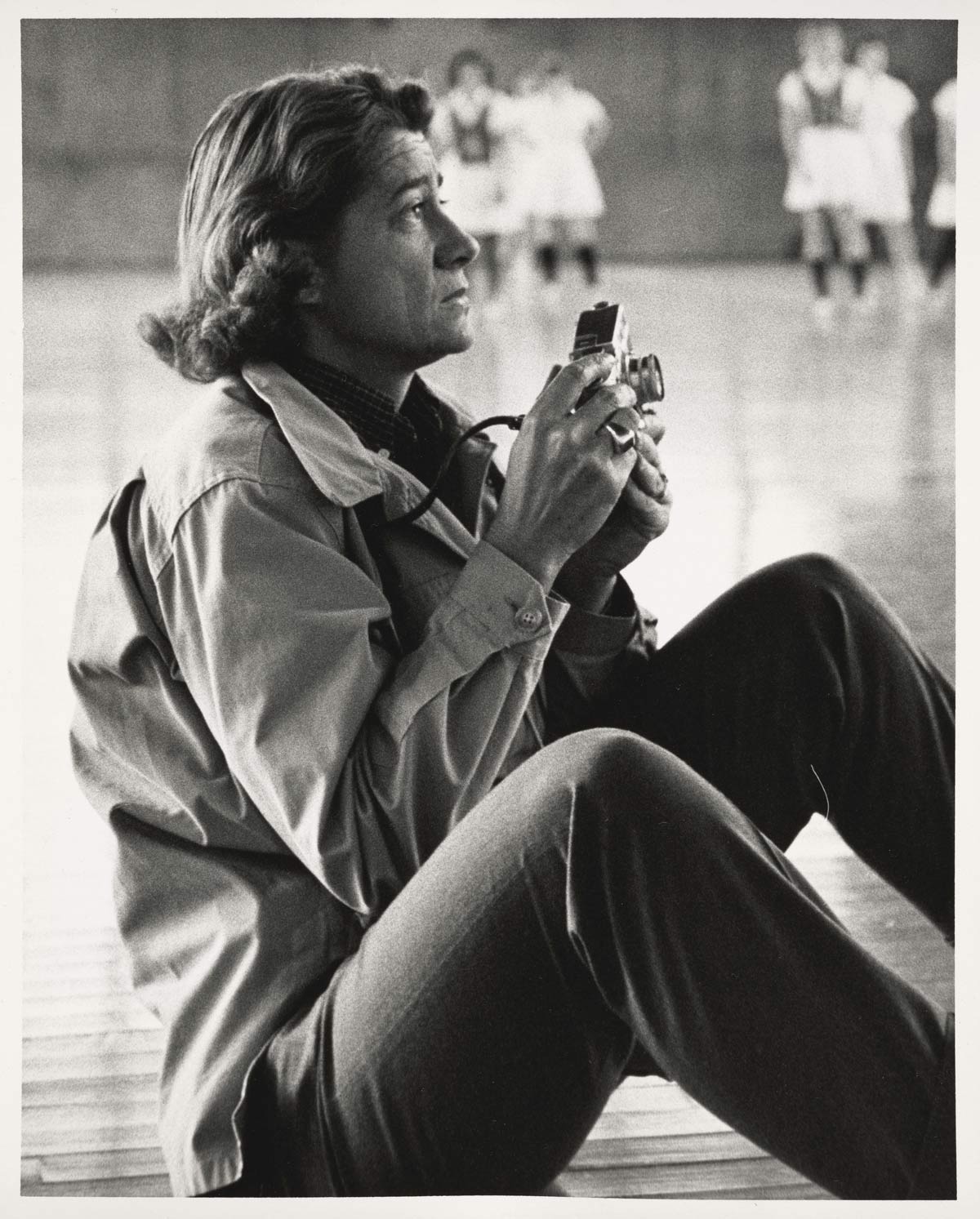A Vassar Homecoming for Photographer Rollie McKenna ’40

he unconventional life of Rollie McKenna (1918–2003) was largely thanks to her prolific career as a photographer, which afforded her both personal and professional independence. Photography allowed McKenna to travel the world and cultivate her craft free from the typical expectations of American women in the mid-20th century. Though she was essentially self-taught, in many ways her career began at Vassar, where she studied American history and art history and criticism.
Two years after graduating, she became a Navy officer. As the U.S. entered World War II, she enlisted in Women Accepted for Voluntary Emergency Service (WAVES) and became the first woman to attain the rank of sharpshooter in the Navy. In her autobiography, McKenna credited her maternal grandfather, in whose care she spent much of her childhood, for teaching her how to shoot. Her grandfather also instilled in McKenna a lifelong love of sailing, another experience that was formative for her as an adventurous, independent woman who did not conform to gendered expectations.
McKenna returned to Vassar in 1948 and 1949 to pursue a rare master’s degree in the history of art, with special dispensation under the G.I. Bill secured by art history professor Agnes Rindge Claflin. McKenna’s graduate study focused on the history of architecture and landscape architecture. Her master’s thesis, “A Study of the Architecture of the Main Building and the Landscaping of Vassar College, 1860–1870” (1949), remains the most comprehensive study of Vassar’s historic Main Building, designed by James Renwick Jr.
At age 30, McKenna discovered photography. In 1948, while traveling in Paris, she purchased her first professional camera. Her earliest experiments were photographing Italian Renaissance architecture at the suggestion of Vassar architectural history professor Richard Krautheimer. Her appreciation for the history of these structures, combined with careful attention to photographic processes and effects, immediately brought these pictures to the attention of architectural historians and their students across the United States.

Completion of the iconic Seagram Building in Midtown Manhattan in 1958 presented another opportunity for McKenna. The project was overseen by Phyllis Lambert ’48, another illustrious Vassar alum who had graduated a few years after McKenna. Lambert commissioned modernist architects Ludwig Mies van der Rohe and Philip Johnson to design the modernist skyscraper. This high-profile project effectively launched Lambert’s distinguished career in architecture. Lambert commissioned McKenna to photograph the building’s exterior, and several of McKenna’s photographs were printed in the Vassar Quarterly the following year.
Lambert remembers holding McKenna in high esteem: “I recall that it was not only that she walked around always with a camera, but my admiration, and perhaps surprise, [at seeing] a graduate as a professional. In the late 1940s, this seemed extraordinary.” Some 70 years later, Lambert remembers McKenna as a young photographer who exuded an air of professionalism that left a lasting impression and would drive her career forward.

Today, McKenna is the single most represented photographer in the collection of the Frances Lehman Loeb Art Center with over 200 photographs. It is fitting that this photographer’s first career retrospective exhibition, Making a Life in Photography: Rollie McKenna, is organized and hosted by her alma mater. The exhibition, on view at the Loeb through June 2, is presented thematically in four galleries and features more than 100 of McKenna’s photographs spanning her career, including portrait, architectural, and documentary photographs.